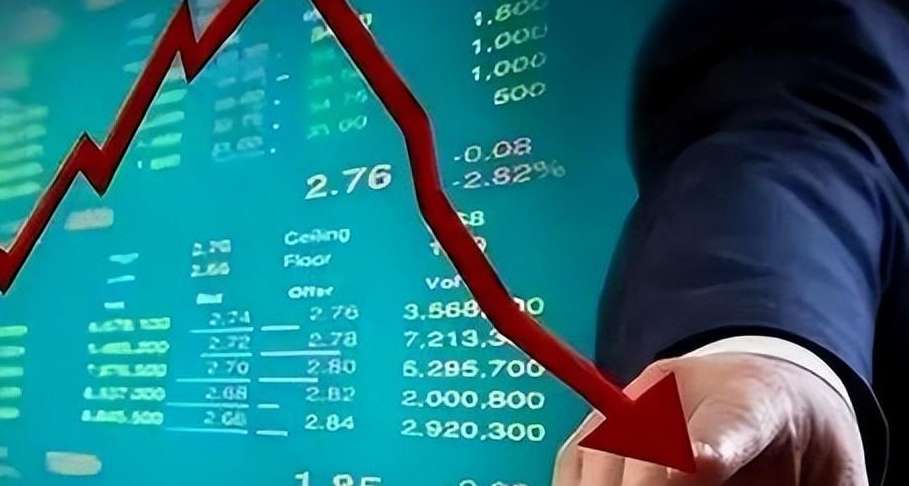Is it still a good time to invest in bond funds?
Advertisements
In recent developments, the financial landscape has showcased a striking duality, resembling a seesaw – while the stock market has experienced a modest rebound, the bond market has faced a series of declinesThe Shanghai Composite Index has reclaimed the 3,100-point mark, while the yield on 10-year government bonds hovers around 2.34%. Just a week prior, these yields hit a low of approximately 2.21%.
Notably, this recent downturn in the bond market has predominantly affected longer-term securitiesThe yield on 30-year government bonds has surged, with a particularly active bond — the "23 Fixed Rate Government Bond" — witnessing a peak yield rise to 2.61%, a significant gain from below 2.5%, where it had been mired for a sustained period
This shift has led to a sharp decline in the net values of certain bond fund strategies that were heavily weighted towards mid to long-duration bonds, with one fund reportedly losing nearly half of its pre-adjustment gains in just one week.
Before this volatile rollercoaster wave in the bond market, the central bank had issued a cautionary note during an interview urging investors to be acutely aware of interest rate risksSome market analysts suggest that investors should consider steering clear of funds heavily invested in long-term bonds, instead favoring those with short-duration strategiesHowever, optimism still lingers among other experts, who argue that the bond market is currently in a consolidation phase and that this adjustment may present substantial value for future allocations.
A Staggering Bond Market Adjustment
The bond market's persistent upward trend has come to a sudden and jarring halt, culminating in a segment of turmoil reminiscent of a rollercoaster.
On April 24, a notable uptick in 10-year and 30-year government bond yields marked the onset of a market correction
- 10-Year U.S. Treasury Yields Rise
- Surge in U.S. Treasury Bonds
- The End of Prosperity in the U.S. Stock Market
- Lianlian Digital Lists on HKEX, Boosting Cross-Border Payments
- NVIDIA Stock Plunges Over 6%
As of April 30, the yield on the 10-year government bond had risen to approximately 2.34%, led by the active bond "24 Fixed Rate Government Bond 04," which registered a yield of 2.32%, up from 2.22% observed on April 23.
In the case of longer-duration 30-year bonds, the adjustment has proved even steeper, with yields climbing to about 2.56%. The most actively traded "23 Fixed Rate Government Bond" even soared to a yield of 2.61%, representing over a 20 basis point increase from 2.4% on April 23. This significant change observed since March 8 highlights a prolonged period where yields had remained beneath 2.5%.
The inverse relationship between bond market yields and bond prices indicates that as yields climb, the returns on various bond-related investments, including mutual funds, are set to decline.
According to data from Choice, among the listed funds, the 30-year government bond ETF saw declines exceeding 3% over just four trading days from April 24 to April 29, marking the steepest drop across all bond ETFs
Meanwhile, outside of this realm, 37 pure bond funds reported losses greater than 1% in the past week as of April 29. Some of these funds, before April 24, had registered annual increases beyond 2%, but have now lost much of that accumulated growth amid this current bond market correction.
Swift Declines in Interest Rates
This year's tumultuous stock market has seemingly facilitated a brief bull phase in the bond market, leading to what some have termed an 'asset shortage,' where more investors began to eye opportunities within this sectorNevertheless, the sustained decline in long-term rates also brought its share of risks.
On April 24, an official from the central bank conveyed a critical warning during a press interview that "long-duration bonds with fixed interest rates are sensitive to interest rate fluctuations, thus investors must remain vigilant regarding interest rate risks."
Fund manager Wei Jian from Great Wall Fund articulated to the press that the core reason driving the current bond market's adjustment may lie in the excessively steep decline in rates previously, particularly concerning the fervent rally in long-term bonds that consistently reached new highs, catalyzing a requisite market correction

Additionally, guidance from the central bank regarding bond market levels, alongside housing policy adjustments in some secondary cities, further spurred discussions regarding property policies and significant meetings in the market, resulting in an acute adjustment in bond valuesHowever, these influences are not fundamentally detrimental to the long-term bullish outlook for the bond market.
A representative from China Merchants Fund remarked that last Friday saw robust performance in China's equity markets, compounded by renewed concerns surrounding government bond supply and rumors of relaxed property policies, which in tandem exerted pressure on the bond market, pushing 10-year and 30-year government bond yields above 2.3% and 2.5%, respectively.
Regarding the effects of this latest bond market adjustment, Wei Jian asserted that no fundamental negative signals are altering the long-term bullish sentiment toward bonds
He stated that "the current return on investments in China's real economy remains low, and the pressure on the exchange rate restricts the space for monetary policy easing, implying that real interest rates in China still stand on the higher side, leading the bond market to anticipate a bullish phase in the long term."
China Merchants Fund also voiced that while the fundamentals have been tentatively recovering, they do not present a significant risk for a sharp rebound in interest rates.
New Opportunities for Allocation
Despite the short-term corrections in the bond market inducing a wave of anxiety among market participants, the long-term perspective reveals that this readjustment also provides fresh investment opportunities.
According to Wei Jian, while the bond market exhibits a generalized turbulent performance, attention must be paid to supply pressures, policy meetings, and liquidity conditions